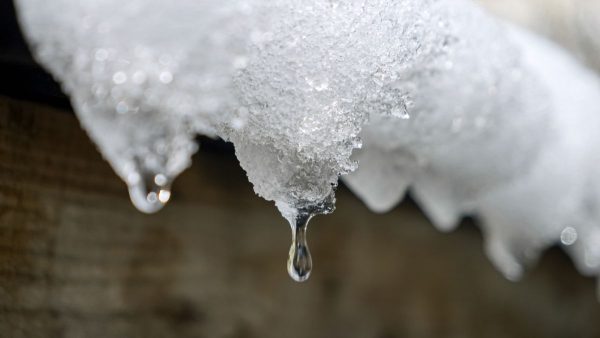The impact of freezing water on building materials

Both weather and temperature uniquely affect building materials. Here, we will explore the impact of freezing water on building materials and structural integrity.
Freeze-thaw cycle explained
Let’s examine the science behind water expansion and contraction. When water cools, its molecules slow down and move close together. Water is unique in that it only contracts until it reaches 4°C. Then, it expands until freezing and expands 9% more after freezing. When water heats up, its molecules expand in all directions.
Repeated freeze-thaw cycles can have a cumulative effect on building materials like siding, causing cracking structural integrity issues.
Effects on various materials
- Concrete, brick, and stone – Their porous nature allows water to infiltrate. When they expand due to freezing, internal pressure results.
- Insulation materials – Frozen water can expand into air pockets, which are meant to reduce heat flow, and cause heat flow to increase.
- Roofing materials – Thermally expanded water finds its way into small roof cracks or holes, creating a void.
- Steel – does not absorb water, so it isn’t directly affected by freezing, but the expansion of concrete next to a steel joint may have an effect.
- Vinyl – contracts and expands more than most materials. Freezing temperatures and water can make it more likely to crack in the winter.
- Wood – the most porous material and most affected by freezing, which can cause splitting and distortion.
Preventative Measures
You can’t waterproof all building materials, but there are waterproof sealants for some, such as concrete and wood. You’ll also want to control environmental water by using proper copings, parapets, roof edges, overhangs, and drip edges.
Reduce the effects of freezing water on your commercial building to protect its aesthetics and structural integrity. We can help waterproof your building and repair any damage to its roof or exterior. Contact JK Industries today.
